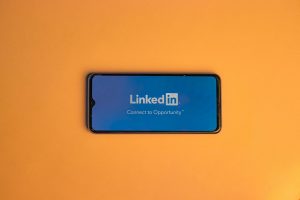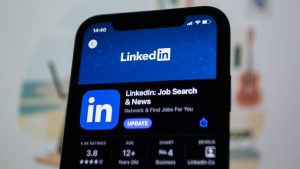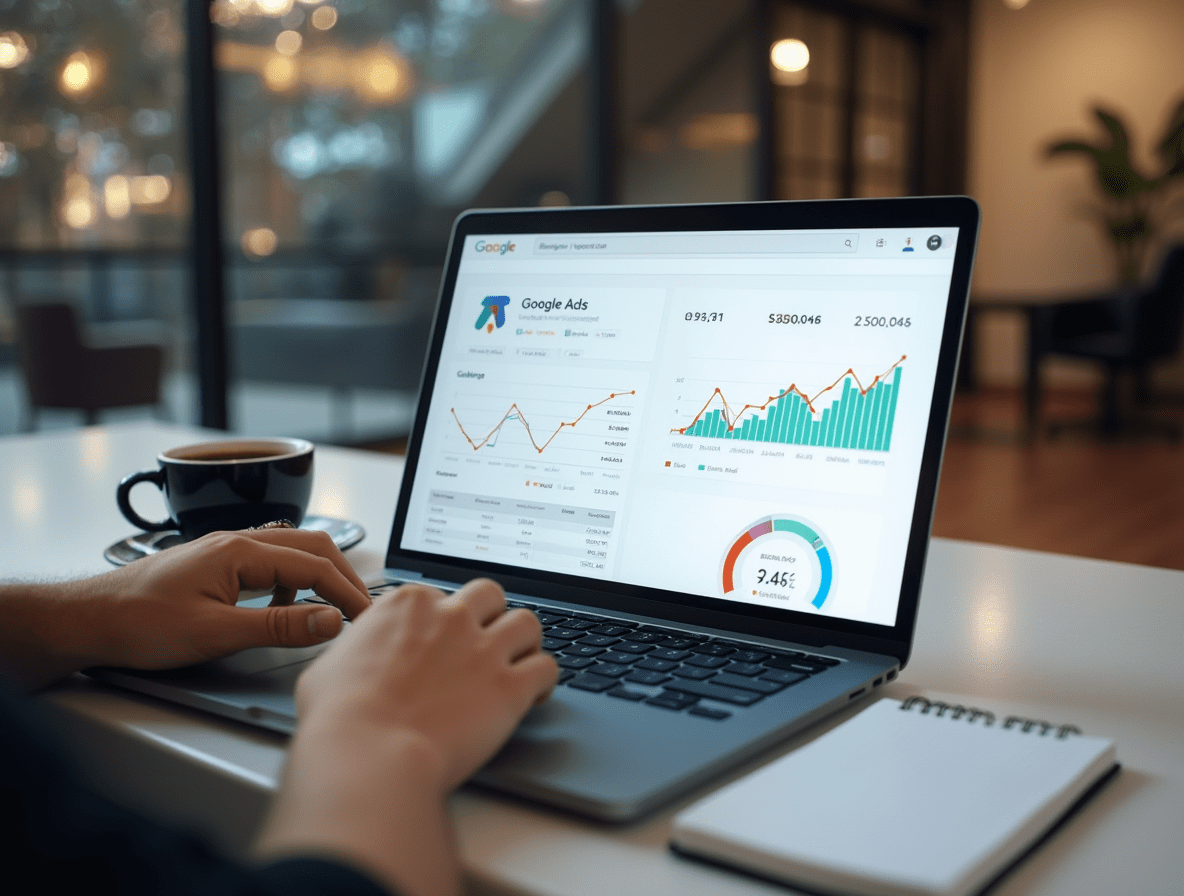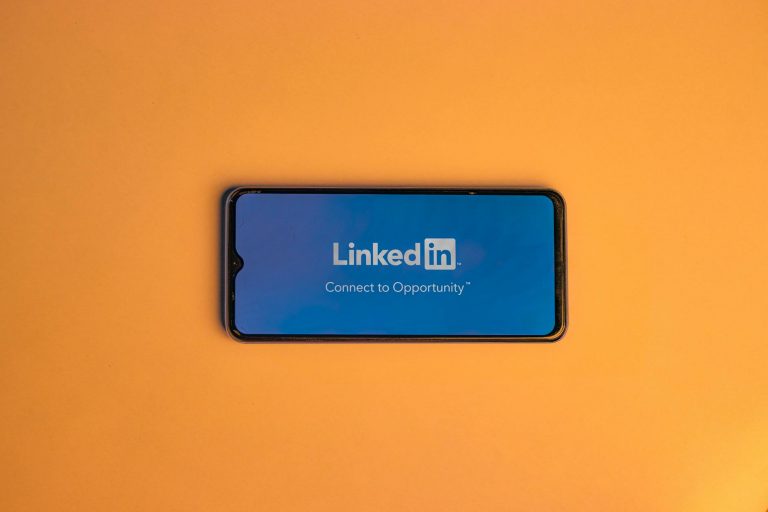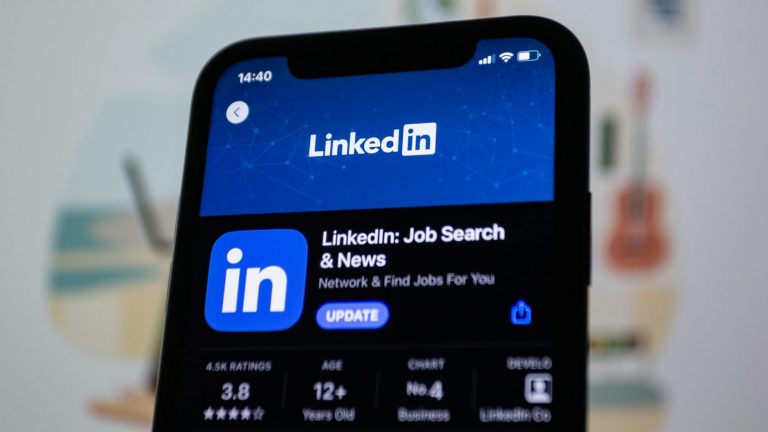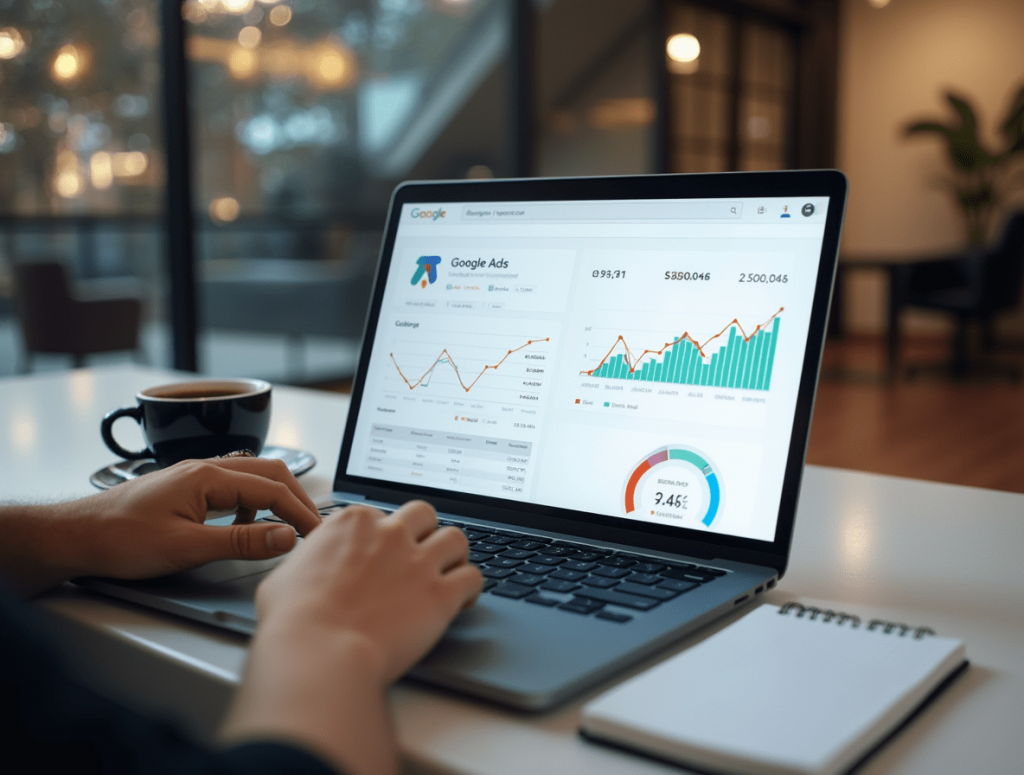
Getting traffic to your website is tough. Organic traffic takes time, and social media reach is unpredictable. But if you want immediate results, there’s one strategy that works like a charm when done right: Google Ads.
In this guide, I’m sharing everything I’ve learned over the last five years running Google Ads for businesses of all sizes—from local shops to online brands pulling in millions. No fluff, no theory—just actionable strategies that actually bring traffic.
Why Google Ads Still Work in 2025
Let’s be honest—digital ads have changed. Privacy updates, competition, and smarter users mean lazy campaigns no longer work. But Google Ads still brings some of the most qualified traffic on the internet. Here’s why:
- People are actively searching. They’re not scrolling mindlessly—they’re typing in exactly what they want.
- You appear at the top of Google. That visibility is gold.
- You can measure everything. Every click, impression, conversion—tracked.
- Intent matters. People who click Google ads are closer to taking action than casual social browsers.
That’s why you’re here. So let’s get into the how.
Understand Your Traffic Goal
Not all traffic is equal. Some people want more page views. Others want buyers. Before you touch a campaign, know this:
- Are you trying to get newsletter signups?
- Do you want people to read your blog posts?
- Are you promoting a product or service?
Your objective determines your keywords, targeting, and budget. For example:
- Lead gen? → Focus on landing pages and conversion tracking.
- Brand awareness? → Try display ads and broad match keywords.
- Sales? → Use high-intent, bottom-of-funnel keywords.
Don’t just chase traffic. Chase relevant traffic.
Master Keyword Targeting (This Is Huge)
Google Ads is built on keywords. But bidding on the wrong ones will burn your budget fast.
Here’s what I do:
- Start with long-tail keywords (e.g., “best ergonomic office chair under $300”)
- Avoid broad, expensive terms unless you have a big budget
- Use Phrase Match and Exact Match types—skip Broad until you’ve got data
And don’t forget negative keywords. Add anything irrelevant that might trigger clicks you don’t want. I once had a client getting clicks from a kids’ cartoon with the same name as their business. A simple negative keyword saved them thousands.
Create Landing Pages That Convert
Your ad is only the beginning. Where people land after they click is what turns a visit into a sale, a signup, or a subscriber.
A great landing page has:
- A clear headline that matches your ad
- A strong CTA (call to action)
- No distractions (skip the sidebar)
- Fast loading speed (under 3 seconds)
- Trust signals (reviews, testimonials, badges)
I once improved a client’s conversion rate from 1.3% to 5.6% just by redesigning their landing page to focus on one call-to-action.
Write Ads That Speak to Humans
Most ads are boring. You’ve seen them: keyword-stuffed, lifeless lines that nobody clicks.
Here’s how to write great Google Ads:
- Use the keyword in the headline, but naturally.
- Focus on benefits, not features.
- Use numbers (e.g., “Get 50% Off Today”)
- Add urgency (e.g., “Ends Tonight”)
- Test multiple versions using Responsive Search Ads
Real example from a winning ad:
Bad: Best CRM Software | CRM for Business | CRM Tools 2025
Better: Simplify Your Sales Process — Try Our CRM Free for 30 Days
Use Smart Bidding—but Monitor It
Google’s Smart Bidding strategies like “Maximize Conversions” and “Target ROAS” are powerful—when used correctly.
My advice:
- Start with Manual CPC if you’re new or want control
- Once you have 30+ conversions, switch to Target CPA or ROAS
- Always monitor and adjust—automation isn’t always perfect
I’ve seen campaigns tank when left unchecked. Even with Smart Bidding, you still need a pilot in the cockpit.
Retarget Visitors (Don’t Let Them Forget You)
Not everyone converts on their first visit. That’s where retargeting saves the day.
Set up:
- Google Ads remarketing audiences via GA4
- Show display or search ads to past visitors
- Create special offers or reminders
Example: A Shopify store I worked with got a 4.8x ROAS from a retargeting campaign offering 10% off to cart abandoners.
Use Ad Extensions for More Real Estate
Ad extensions give your ads more visibility and clickable areas. They often improve CTR and quality score.
Must-have extensions:
- Sitelinks (other pages)
- Callouts (highlight value points)
- Structured snippets (features, services)
- Call extensions (for mobile users)
- Location extensions (for local businesses)
The more info you give Google, the better they understand your offer—and the better they can match it to searches.
Track Everything (This Isn’t Optional)
Google Ads without tracking is like flying blind.
Set up:
- Google Analytics 4
- Conversion tracking via Google Tag Manager
- UTM links to monitor specific campaigns in Analytics
Track:
- Click-through rate (CTR)
- Conversion rate
- Cost per conversion
- Return on ad spend (ROAS)
If something’s not working, tweak it or kill it. If it is working, scale it.
A/B Test Like a Pro
You can’t assume you’ve got the best version of your ad. Test headlines, descriptions, landing pages.
I run A/B tests on every client campaign, and I’m still surprised by what works.
Pro tip: Don’t change everything at once. Tweak one element at a time, measure, and iterate.
Keep Learning—The Platform Evolves
Google Ads changes constantly. What worked six months ago might not work now. I make it a habit to review:
- Google Ads updates (via their blog)
- Competitor ads (use tools like SEMrush or SpyFu)
- My own campaign performance monthly
SEO may take time, but Google Ads puts you in the driver’s seat. It’s fast, measurable, and when done right, incredibly effective.
Conclusion
Using Google Ads for more traffic isn’t about throwing money at the platform. It’s about strategy, structure, and understanding what your audience truly wants.
Start small. Test often. Learn what works. And once you do? Scale with confidence.
If you’re tired of waiting on SEO, or your social reach has stalled, Google Ads is the lever you’ve been looking for.
FAQs
1. How much should I spend on Google Ads to see results?
It depends on your industry and goals. For most niches, $500–$1,000/month is a good starting point to test and learn.
2. Can Google Ads help my local business?
Absolutely. Local campaigns and location extensions are ideal for brick-and-mortar businesses.
3. What’s the difference between Google Ads and SEO?
SEO is organic and takes time. Google Ads is paid and gets instant traffic, Ideally, use both for long and short term results.
4. Is Google Ads better than Facebook Ads?
They serve different purposes, Google Ads targets intent-based searches, while Facebook is better for discovery and retargeting.
5. How long does it take to see results?
You can see clicks and data within hours, But optimizing for conversions takes 1–4 weeks of consistent testing.


